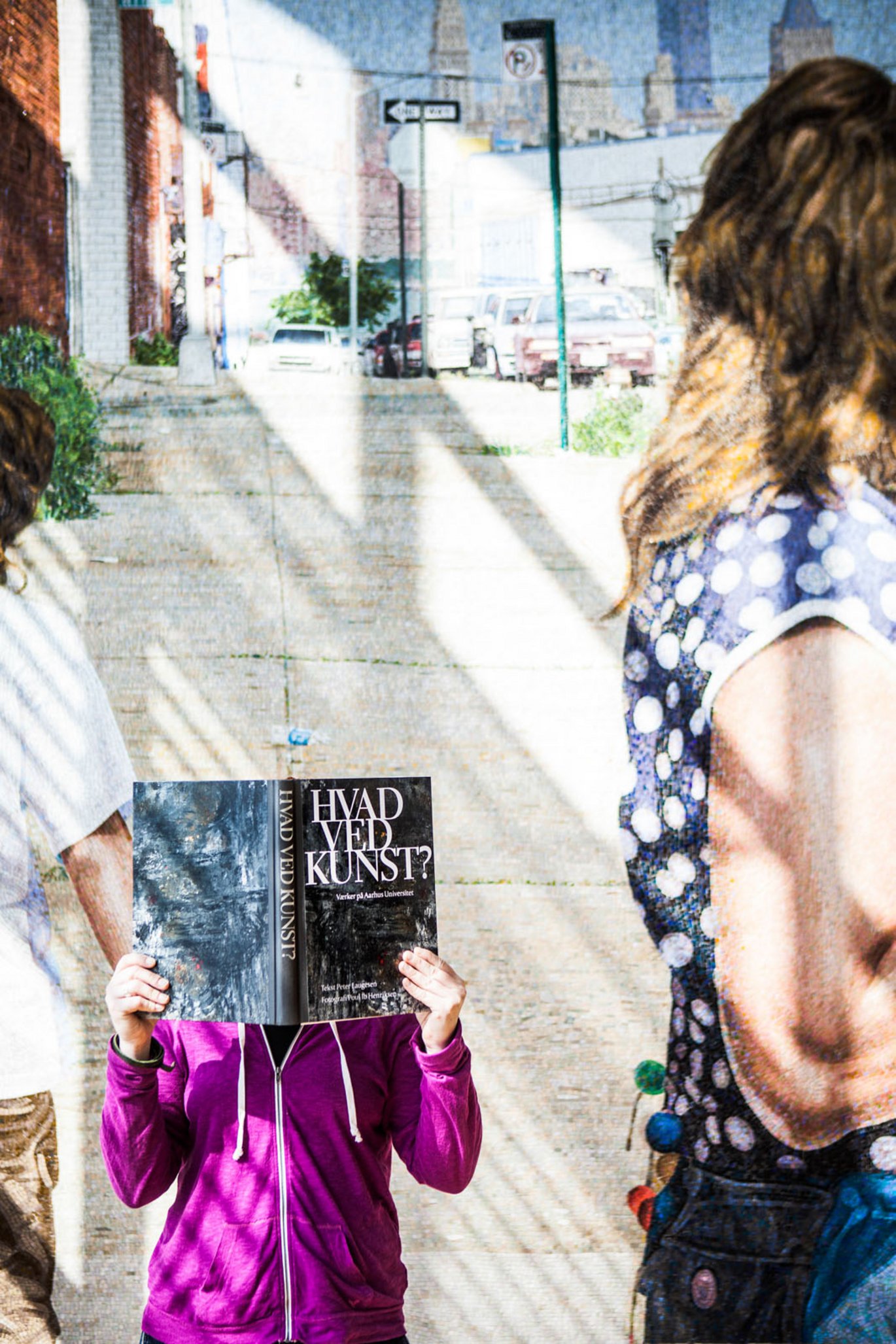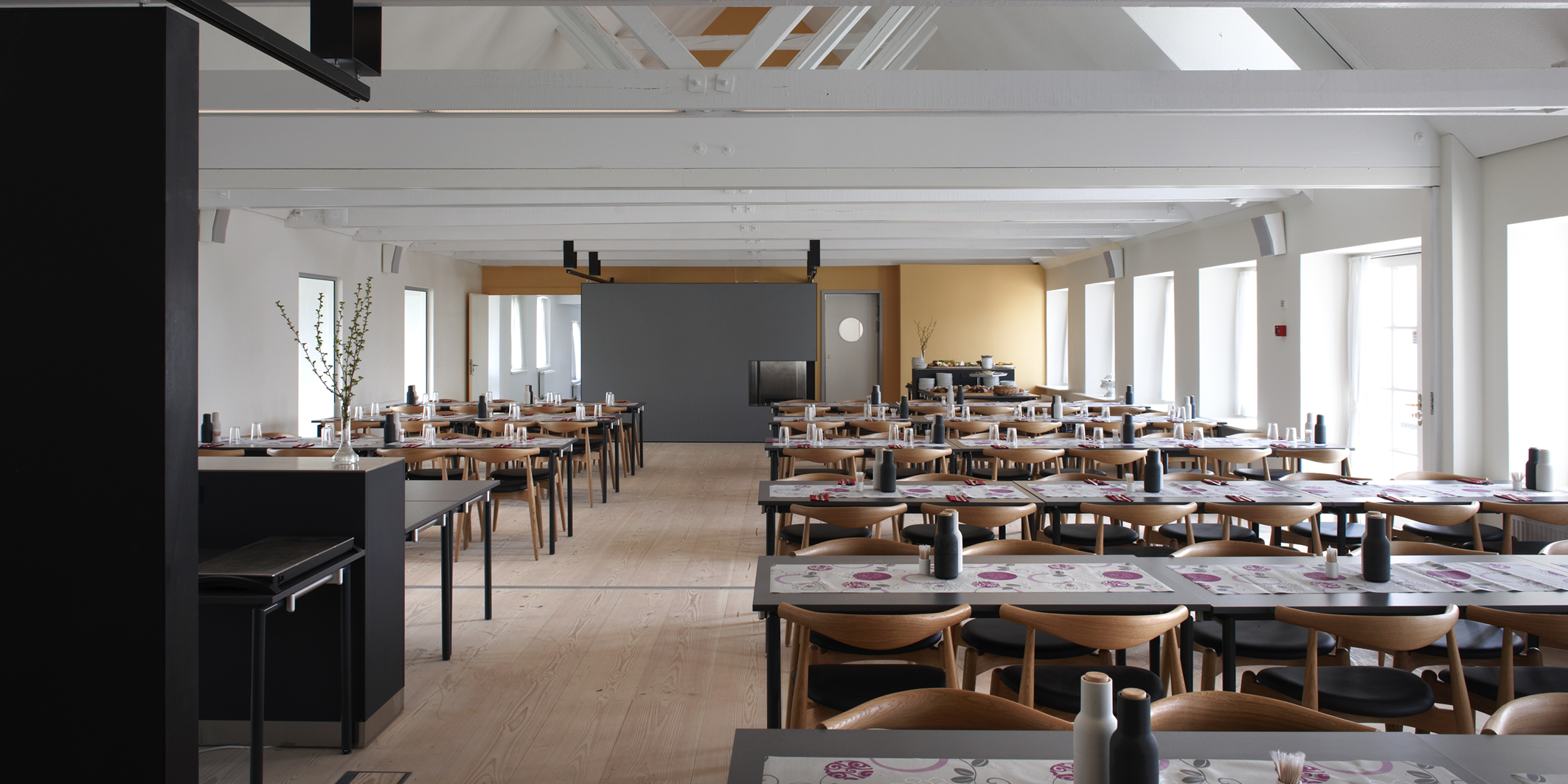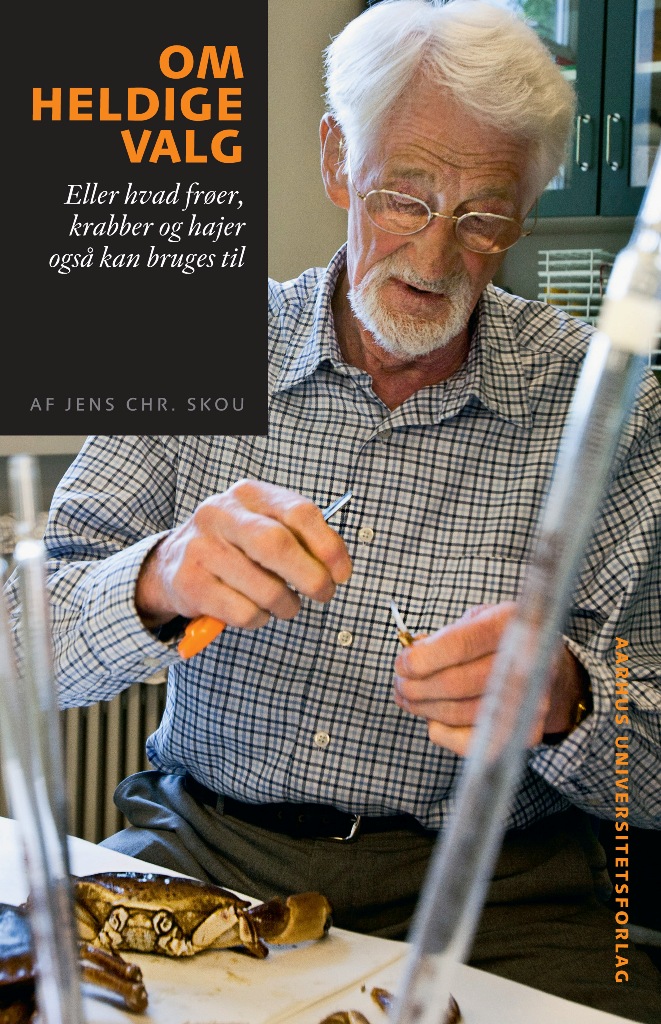Short news
Read more about the number of accidents at work in 2012, the number of applicants for Dean of ST, the new translation robot, new books and much more.



Eight applicants for Dean of ST
There have been eight applications for the job of Dean of Science and Technology when Brian Bech Nielsen leaves to become the new Rector of AU on 1 August. An advisory group consisting of representatives of the academic staff, the technical and administrative staff and the students at Science and Technology have advised the appointments committee. The new dean will be starting work on 1 August or immediately afterwards. (mga)
Apply for funding for a stay at Sandbjerg
All AU researchers can apply to the Aarhus University Research Foundation for funds to hold PhD courses or group meetings for researchers at AU’s conference centre, the Sandbjerg Estate. Researchers can also apply for grants to cover visits of between one week and two months at Møllehuset, which is located near the estate. The Sandbjerg Estate has also been renovated, with the kitchen and dining room both being modernised. In this connection, the dining room is now referred to as “Magasinet” (the Storage Room) because it was originally used to store grain. (mga)
Art works on display at AU
AU is home to a wealth of paintings, sculptures and decorative art produced by both famous and less well-known artists. For instance, at various locations around the university you can find works by Erik A. Frandsen, Per Kirkeby, Preben Hornung, Asger Jorn and Ingvar Cronhammar. The poet Peter Laugesen and the photographer Poul Ib Henriksen have been studying the large collection of artworks on display at AU, resulting in a book entitled Hvad er kunst? Værker på Aarhus Universitet (What is Art? Art Works on Display at Aarhus University)to celebrate the university's 85th anniversary this year. This is a richly illustrated coffee table book in which Laugesen presents his thoughts regarding the artists, the works and the everyday life and history of the university of which they are part. Many of the works are displayed in Aarhus, but Laugesen and Henriksen have also visited both Foulum and Emdrup. The book has been published by Aarhus University Press with the support of Aarhus University. (mga)
The secret behind a Nobel Prize
Om heldige valg (Lucky Choices) is the title of an autobiography written by the Danish Nobel Prize winner Jens Christian Skou. In the book Skou talks about the discovery which led to him receiving the world’s most prestigious scientific award 40 years later. He describes the phone call from Stockholm and his long career at Aarhus University. But he also comments on the conditions for basic research in Denmark today: “As mentioned above, our universities contribute to economic development by making their knowledge available to society. ( …) Not by being turned into business organisations, or by forcing our researchers to spend all their time applying for funding.” (mga)
Hearty congratulations ...
... to Bo Barker Jørgensen, professor and centre director of the Center for Geomicrobiology, as well as to Torben G. Andersen, professor of financial economics at the Kellogg School of Management, Northwestern University. The two researchers have won this year’s Rigmor and Carl Holst-Knudsen Award for Science (DKK 100,000 each). At the same ceremony, the Aarhus University Research Foundation continued the tradition of presenting five DKK 10,000 PhD awards as well. This year the awards went to Kasper Green Krejberg, Thomas Dueholm Hansen, Anne Stidsholt Roug, Casper Bindzus Foldager and Anne Mette Kjeldsen.
en billedrig coffee table book, hvor Laugesen funderer over kunstnerne, værkerne og den hverdag og historie, de indgår i på universitetet. Flere af værkerne befinder sig i Aarhus, men Laugesen og Henriksen har også lagt vejen forbi både Foulum og Emdrup. Bogen er udgivet af Aarhus Universitetsforlag med støtte fra Aarhus Universitet. (mga)
A translation robot for all AU staff
AU Translate is a translation tool that has been designed especially for staff at Aarhus University.
You can find the new translation tool at au.dk/autranslate:
All you have to do is copy your text (no more than 2,000 characters at a time) into a box, and click the button marked “Translate”. Your text will then appear in the box on the right. Translations from Danish into English are the only option at present.
AU Translate is suitable for:
- Letters and e-mails
- Instructions and guidelines
- Case processing
- Agendas
- Minutes of meetings
Users of the new tool can be sure that their translations will use the correct terms for a vast range of AU terminology (names of units and educational terminology, for instance). This is because AU Translate draws on data from AU’s own terminology database, which is constantly being expanded.
A paperless university. Are you kidding me?
Aarhus University spends DKK 1.8 million each year on photocopy and printer paper, corresponding to 150 million sheets of A4 paper.
Each sheet costs about 1.2 øre if you take an average between ‘A quality’ and ‘B quality’ paper. Perhaps we ought to start thinking about writing on both sides?
A box of photocopy and printer paper contains 2,500 sheets of A4 paper. There’s room for 48 boxes on a pallet, which means that AU’s consumption of 150 million sheets of A4 paper corresponds to 1,250 pallets and a total of 60,000 boxes each year.
Source: Newsletter from BSS. The editorial committee responsible for the newsletter has been given the figures by AU’s central procurement office under the Finance and Planning Department. The figures cover the administration department, libraries (apart from the State and University Library) and main academic areas (including the joint printing offices). The university doesn’t only use A4 paper. But that is by far the main type of paper used, so the calculation has been made as if all the paper was A4 format.
41 accidents at work in 2012
41 accidents at work were reported at AU last year:
ARTS | 0 |
BSS | 0 |
HE | 8 |
Administration | 15 |
ST | 18 |
The typical accidents involved sprains, fractures and falls. More than half of all absences from work in connection with these accidents lasted 1-3 days. But the statistics also show a slight increase in the number of staff who were off work for at least a month.
Source: “News about the working environment” – a monthly newsletter containing information about the working environment at AU.

